Life Is Unfair Sometimes. [Via OffTheMarkComic]
![Life Is Unfair Sometimes. [Via OffTheMarkComic]](https://64.media.tumblr.com/ba3a70057326302450deb4d843c1bd89/tumblr_opaj63kleC1s04h2ho1_500.jpg)
Life is unfair sometimes. [Via OffTheMarkComic]
More Posts from Astrotidbits-blog and Others







Look how much the iPhone camera has improved over time
From the original iPhone to the iPhone 6, here’s how much the camera has evolved.
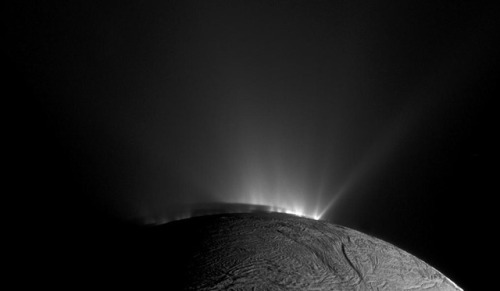
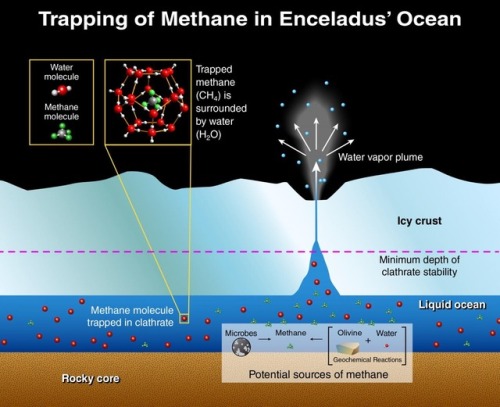
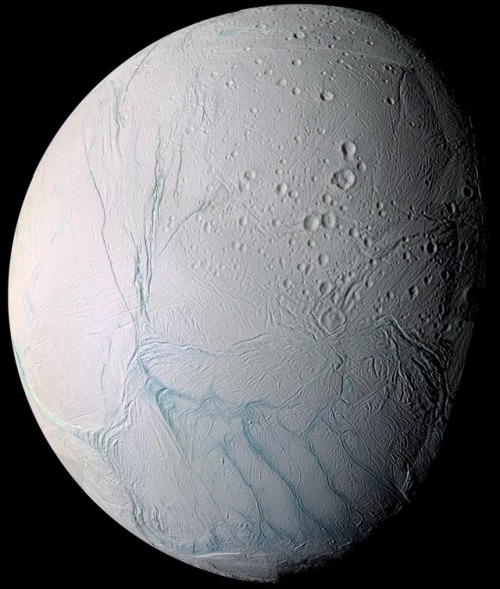
Enceladus - Life in our solar system?
Enceladus is Saturns icy moon that measures approximately 504km in diameter, about a tenth of the size of Saturn’s largest moon Titan. Almost completely covered in ice, this moon could potentially harbour the same type of life-sustaining chemical reactions found in deep sea hydrothermal vents here on Earth.
In 2005, NASA’s Saturn orbiting Cassini spacecraft spotted geysers of water and ice erupting fro fissures near Enceladus’ South Pole. Scientists believe they originate from a great ocean beneath the shell of ice. This ocean manages to stay liquid because the gravitational force exerted by Saturn is so intense that it twists and stretches the moon generating internal heat.
In October 2015, Cassini went on a dive through one of the plumes passing within just 39km of Enceladus’ surface. A team of scientists led by Hunter Waite analysed the observations made by the spacecraft. They discovered that the geysers contain between 0.4%-1.4% molecular hydrogen (H2) and 0.3%-0.8% carbon dioxide (CO2). These are being produced continuously by reactions between hot water and rock near the core of the moon. Some of the most primitive metabolic pathways found in microbes at deep ocean hydrothermal vents involve the reduction of CO2 with H2 to form methane (CH4) by a process known as methanogenesis.
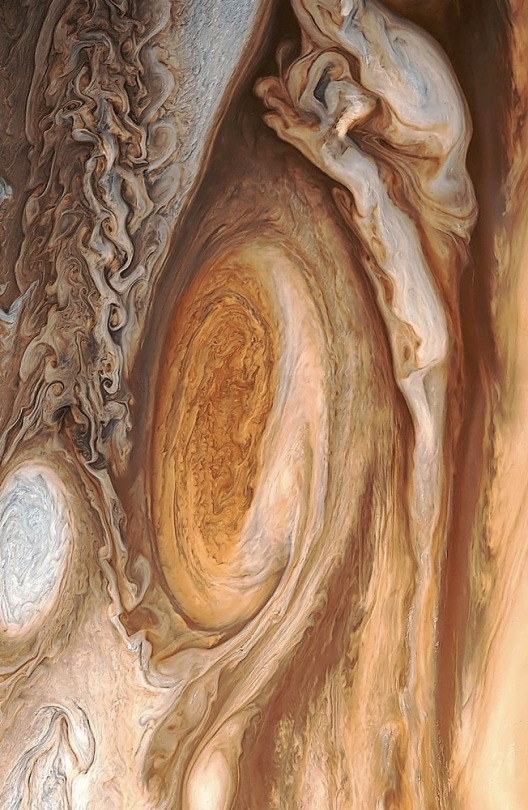
Great Red Spot of Jupiter

Comet Lovejoy C/2013 R1. Taken by Gerald Rhemann, December 2013.
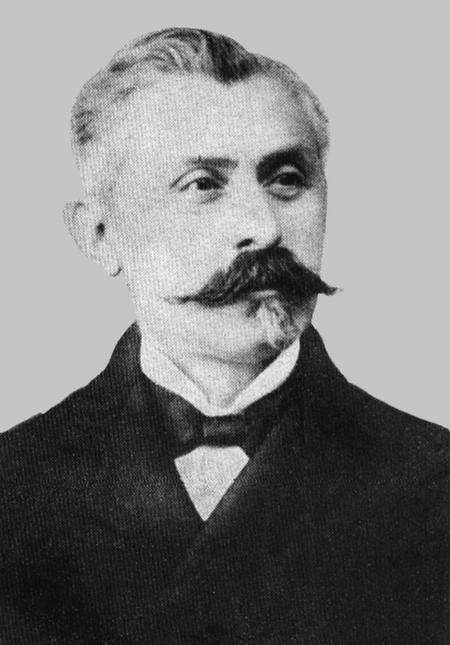
Սպիրու Կոստաքեի Հարեթ Spiru C. Haret
Romanian Armenian mathematician, astronomer and politician. He made a fundamental contribution to the n-body problem in celestial mechanics by proving that using a third degree approximation for the disturbing forces implies instability of the major axes of the orbits, and by introducing the concept of secular perturbations in relation to this. (Proved that planetary motion is not absolutely stable) As a politician, during his three terms as Minister of Education, Haret ran deep reforms, building the modern Romanian education system. He was made a full member of the Romanian Academy in 1892. He also founded the Astronomical observatory in Bucharest, The crater Haret on the Moon is named after him. The Spiru Haret University, a private university in Bucharest, Romania, bears the name of a scientist and reformer of the Romanian education.
Born 15 February 1851 in Iaşi, Moldavia to an Armenian family, He showed talent for mathematics at a very young age, publishing two textbooks, one in algebra and one in trigonometry when he was still in high school. Whilst in his second year studying physics and mathematics the in the University of Bucharest, he became a teacher of mathematics in Nifon Seminary.
After graduation, Haret won a scholarship competition organized by Titu Maiorescu and went to Paris in order to study mathematics at the Sorbonne. There he earned a mathematics diploma in 1875 and a physics diploma in 1876. Two years later he earned his Ph.D. by defending his thesis, Sur l’invariabilité des grandes axes des orbites planétaires (On the invariability of the major axis of planetary orbits), in front of examiners led by Victor Puiseux. In this work he proved a result fundamental for the n-body problem in astronomy, the thesis being published in Vol. XVIII of the Annales de l'Observatoire de Paris. Haret was the first Romanian to obtain a Ph.D. degree in Paris, (though he was of full Armenian descent)
After his return to Romania in 1878, Haret abandoned scientific research and dedicated the rest of his life to improving Romanian education, which was heavily underdeveloped at the time, both as professor and as politician. He only published an article on the secular acceleration of the Moon in 1880 and one on Jupiter’s Great Red Spot (1912). And in In 1910 he published Social mechanics, which used mathematics to explain social behaviour (somehow anticipating the fictional “psychohistory” branch of mathematics developed by Hari Seldon, the fictional character of Isaac Asimov‘s Foundation, published 40 years later).
He was appointed professor of rational mechanics at the Science Faculty in Bucharest. The next year Haret became a correspondent member of the Romanian Academy. He kept the professorship at the Science Faculty until his retirement in 1910. As Minister of Education he ran a complete reform, basically building the modern Romanian education system
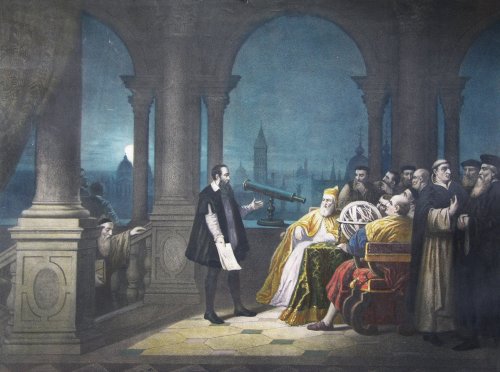
H.J. Detouche’s 1754 painting depicting Galileo Galilei displaying his telescope to Leonardo Donato, Doge of Venice.
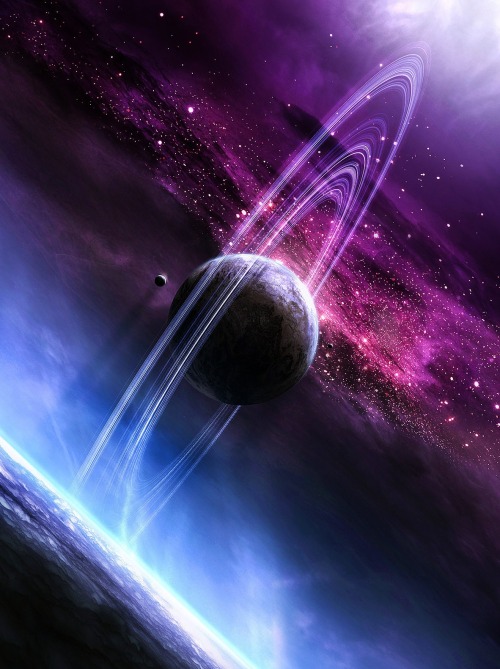
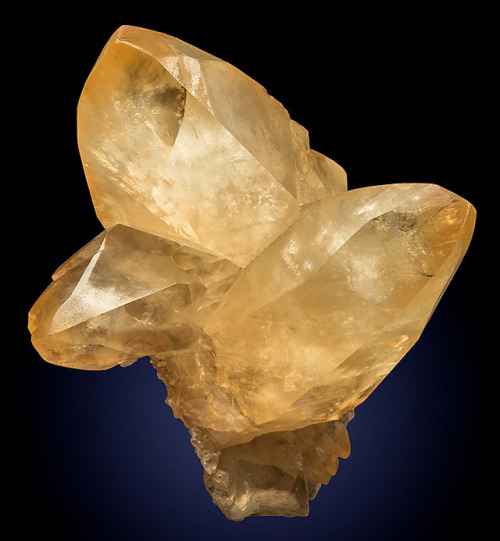
Calcite Cluster on Matrix
Locality: Stoneco Auglaize Quarry (Maumee Stone Co. Quarry), Junction, Paulding Co., Ohio.

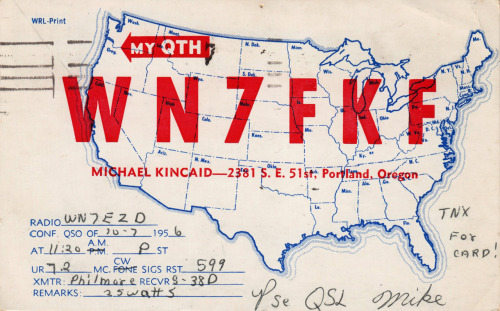
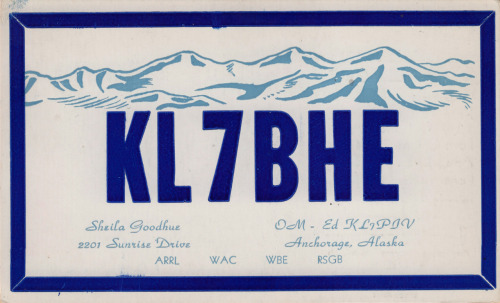
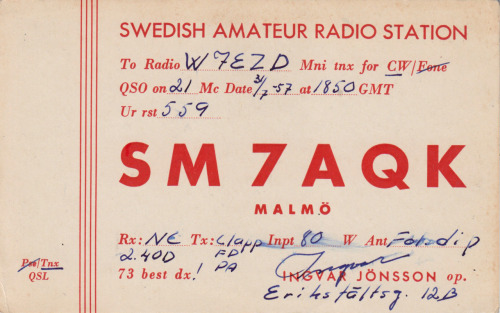
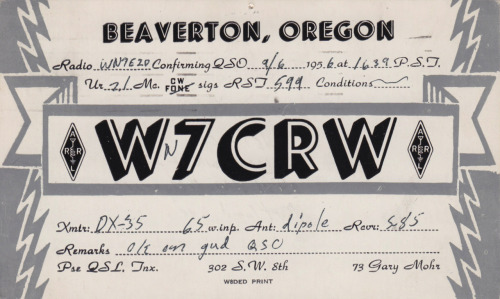
QSL cards confirm either a two-way radiocommunication between two amateur radio stations or a one-way reception of a signal from an AM radio, FM radio, television or shortwave broadcasting station. They can also confirm the reception of a two-way radiocommunication by a third party listener. A typical QSL card is the same size and made from the same material as a typical postcard, and most are sent through the mail as such.
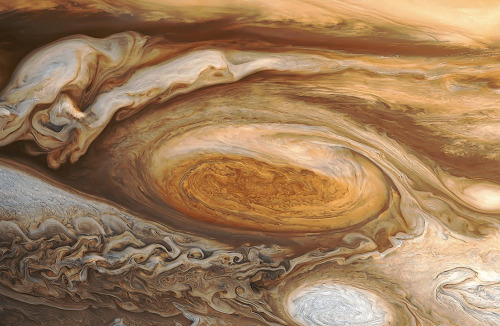
The Great Red Spot
-
 liliumsong reblogged this · 7 years ago
liliumsong reblogged this · 7 years ago -
 liliumsong liked this · 7 years ago
liliumsong liked this · 7 years ago -
 soundwavey liked this · 7 years ago
soundwavey liked this · 7 years ago -
 komandante liked this · 7 years ago
komandante liked this · 7 years ago -
 takasirius-blog liked this · 7 years ago
takasirius-blog liked this · 7 years ago -
 florrickisms liked this · 7 years ago
florrickisms liked this · 7 years ago -
 seeyulatermastergater reblogged this · 7 years ago
seeyulatermastergater reblogged this · 7 years ago -
 seeyulatermastergater liked this · 7 years ago
seeyulatermastergater liked this · 7 years ago -
 cyndaquillt reblogged this · 7 years ago
cyndaquillt reblogged this · 7 years ago -
 dragonflystudi0s liked this · 7 years ago
dragonflystudi0s liked this · 7 years ago -
 funcoolmathgames reblogged this · 7 years ago
funcoolmathgames reblogged this · 7 years ago -
 deepss27 liked this · 8 years ago
deepss27 liked this · 8 years ago -
 stop-criticizing-start-praising liked this · 8 years ago
stop-criticizing-start-praising liked this · 8 years ago -
 physics-and-feminism-and-falala reblogged this · 8 years ago
physics-and-feminism-and-falala reblogged this · 8 years ago -
 physics-and-feminism-and-falala liked this · 8 years ago
physics-and-feminism-and-falala liked this · 8 years ago -
 bananas-andstuff reblogged this · 8 years ago
bananas-andstuff reblogged this · 8 years ago -
 tinkering-fairy liked this · 8 years ago
tinkering-fairy liked this · 8 years ago -
 peripneumonia liked this · 8 years ago
peripneumonia liked this · 8 years ago -
 guachipongo liked this · 8 years ago
guachipongo liked this · 8 years ago -
 crackmonkeytrash liked this · 8 years ago
crackmonkeytrash liked this · 8 years ago -
 theatre-weirdo-doing-projects reblogged this · 8 years ago
theatre-weirdo-doing-projects reblogged this · 8 years ago -
 matchadantat reblogged this · 8 years ago
matchadantat reblogged this · 8 years ago -
 unicornicopia1 liked this · 8 years ago
unicornicopia1 liked this · 8 years ago -
 narwhalloveruwu liked this · 8 years ago
narwhalloveruwu liked this · 8 years ago -
 abrxia reblogged this · 8 years ago
abrxia reblogged this · 8 years ago -
 gamerhuski liked this · 8 years ago
gamerhuski liked this · 8 years ago -
 foottickl3rguy reblogged this · 8 years ago
foottickl3rguy reblogged this · 8 years ago -
 420stonerboi liked this · 8 years ago
420stonerboi liked this · 8 years ago -
 escarogers reblogged this · 8 years ago
escarogers reblogged this · 8 years ago -
 powerhungryfool reblogged this · 8 years ago
powerhungryfool reblogged this · 8 years ago -
 arkhaeology liked this · 8 years ago
arkhaeology liked this · 8 years ago -
 tabine liked this · 8 years ago
tabine liked this · 8 years ago -
 slothperson liked this · 8 years ago
slothperson liked this · 8 years ago -
 swagustus-caesar reblogged this · 8 years ago
swagustus-caesar reblogged this · 8 years ago -
 definitelynotnoha-blog liked this · 8 years ago
definitelynotnoha-blog liked this · 8 years ago -
 balnova liked this · 8 years ago
balnova liked this · 8 years ago -
 reefsquid reblogged this · 8 years ago
reefsquid reblogged this · 8 years ago -
 gyarugutz liked this · 8 years ago
gyarugutz liked this · 8 years ago -
 arisamilah reblogged this · 8 years ago
arisamilah reblogged this · 8 years ago -
 arisamilah liked this · 8 years ago
arisamilah liked this · 8 years ago -
 maria2301 reblogged this · 8 years ago
maria2301 reblogged this · 8 years ago -
 avacodas-number-blog liked this · 8 years ago
avacodas-number-blog liked this · 8 years ago